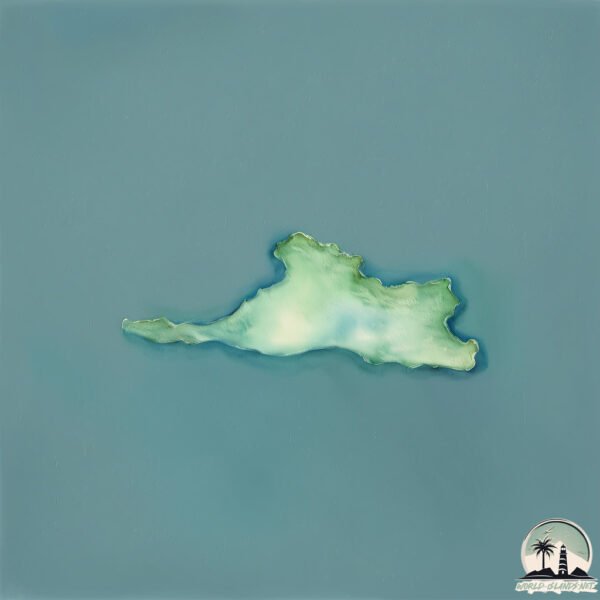Welcome to Taraku-jima , a Continental island in the Sea of Okhotsk, part of the majestic Pacific Ocean. This guide offers a comprehensive overview of what makes Taraku-jima unique – from its geography and climate to its population, infrastructure, and beyond. Dive into the details:
Geography and size of Taraku-jima
Size: 10.9 km²Coastline: 25 kmOcean: Pacific OceanSea: Sea of OkhotskContinent: Asia
Taraku-jima is a Medium Island spanning 11 km² with a coastline of 25 km.
Archipel: Kuril Islands – A volcanic archipelago stretching from Japan to Russia, known for their rugged landscapes and abundant marine life.
Tectonic Plate: Okhotsk – Located in the northwest Pacific Ocean, the Okhotsk Plate encompasses the Sea of Okhotsk, the Kamchatka Peninsula, and parts of Japan. It’s involved in complex interactions with the Pacific and North American plates, contributing to seismic activity in the region.
The geographic heart of the island is pinpointed at these coordinates:
Climate and weather of Taraku-jima
Climate Zone: ContinentalClimate Details: Warm-Summer Humid Continental ClimateTemperature: Warm Summer
Climate Characteristics: Features warm summers and cold winters with consistent precipitation, common in higher latitudes.
Topography and nature of Taraku-jima
Timezone: UTC+11:00Timezone places: Asia/VladivostokMax. Elevation: 12 m Mean Elevation: 6 mVegetation: Cultivated LandTree Coverage: 75%
The mean elevation is 6 m. The highest elevation on the island reaches approximately 12 meters above sea level. The island is characterized by Plains: Flat, low-lying lands characterized by a maximum elevation of up to 200 meters. On islands, plains are typically coastal lowlands or central flat areas.
Dominating Vegetation: Cultivated Land
Vegetation: 8 vegetation zones – Very Highly Diverse Island
Infrastructure and Travelling to Taraku-jima
Does the island have a public airport? no .
Does the island have a major port? no .
The mean population of Taraku-jima is 5 per km². Taraku-jima is Gently Populated. The island belongs to Russia .
Continuing your journey, Ostrov Zelenyy is the next notable island, situated merely km away.
移りゆく北方四島記録集~歯舞群島~
北方領土は日本固有の領土であり、元島民にとってはかけがえのないふるさとです。 かつて元島民が暮らしていた北方四島の ...
移りゆく北方四島記録集~歯舞群島~
北方領土は日本固有の領土であり、元島民にとってはかけがえのないふるさとです。 かつて元島民が暮らしていた北方四島の ...
北方領土は日本固有の領土であり、元島民にとってはかけがえのないふるさとです。 かつて元島民が暮らしていた北方四島の ...
Wishes of Former Island Residents of the Northern Territories [No.10-1] Mr. Hirotoshi Kawata
This is a video where former island residents of the Northern ...
This is a video where former island residents of the Northern Territories talk about their thoughts on life on the islands, the Soviet ...
Polonsky island, Cambodia. Остров Полонского в Камбодже
Что это и где находится, подробнее:
https://goo.gl/XerxDY Крохотный остров Ко Де Куль в Камбодже, близ города ...
Russia is classified as Emerging region: BRIC: Brazil, Russia, India, and China – Economies noted for their rapid growth and increasing influence on global affairs. The level of income is Upper middle income.
News – Latest Updates and Headlines from Taraku-jima
Stay informed with the most recent news and important headlines from Taraku-jima. Here’s a roundup of the latest developments.
Loading...
Please note: The data used here has been primarily extracted from satellite readings. Deviations from exact values may occur, particularly regarding the height of elevations and population density. Land area and coastline measurements refer to average values at mean high tide.

